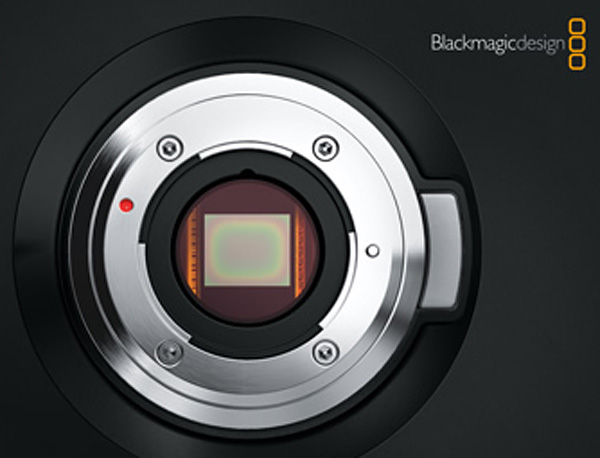By site editor Dan Chung:
The newly announced passive M4/3 mount Blackmagic Design cinema camera (BMCC) presents a more attractive proposition to many shooters than it’s sister the EOS mount BMCC. Why? because it opens up a whole range of lens options that are otherwise impossible or difficult to mount on the EOS version of the BMCC. Obviously there are some nice manual M4/3 lens options such as the Voigtlander 17.5mm f0.95 and 25mm f0.95 as well as the SLR Magic range, but the real advantage comes from being able to use readily available lens adapters to other lens mounts.
Edit: We talked to DOP John Brawley (who has worked closely with Blackmagic) on Twitter and he told me: “They will hopefully EVENTUALLY do an active version but not for some time. Passive was simple and fast to do”. If true, this is big news: it solves even more of the conundrums of shooting with the relatively small sensor BMCC. Today’s announcements do place pre-order customers of the existing EOS and now passive M4/3 versions is a dilemma over which version to get – if an active M4/3 version is not too far away many might prefer to wait for it. It also casts doubt over the future resale value of the current M4/3 version although personally at the price I think the depreciation unlikely to worry too many buyers.
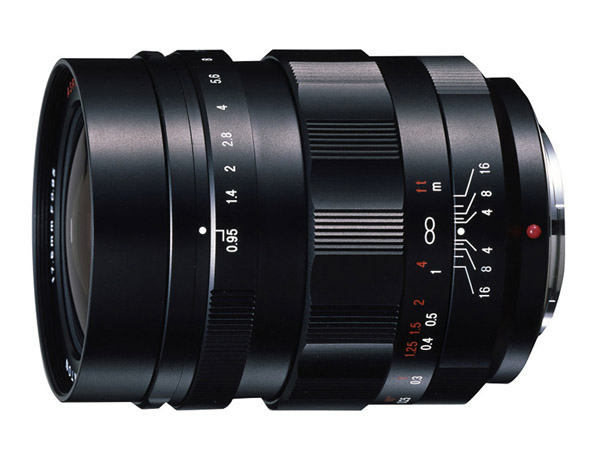
You can mount most PL, Nikon, Canon FD, Leica R, Zeiss ZF, Contax, Olympus OM or Sony Alpha glass on the camera with the appropriate adapter from Mike Tapa, Hotrodcameras or Novoflex. Certain Leica M lenses can also be used with the appropriate adapter – but there are more compatibility issues that you need to check before you try to use them. Edit – I’m not 100% certain but it’s probably that the same issues Red Epic owners have with certain Leica M lenses would be applicable to the BMCC too. Jarred Land on Reduser claims: “anything wider than a 35mm Leica-M is going to be optically not so great when paired to the EPIC.. The Ray angles are so extreme they just do not work with sensors who’s micro mirrors were designed for tele centric or quasi-telecentric lenses.”
B4 2/3 broadcast lenses (with their 2x range extenders engaged) can also be fitted to the M4/3 mount using adapters such as this one from MTF or using an even more specialised adapter called the HDx2 which includes the 2x conversion but also offers lens correction.
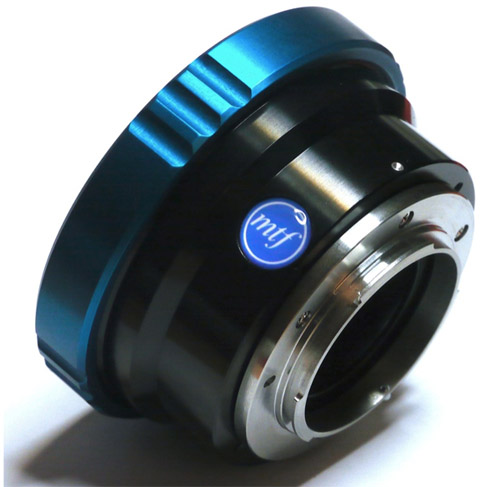
You can even add an electrical Canon EOS lens with control of the electronic aperture by means of Redrockmicro’s special EF to M4/3 livelens adapter (although it requires external power).
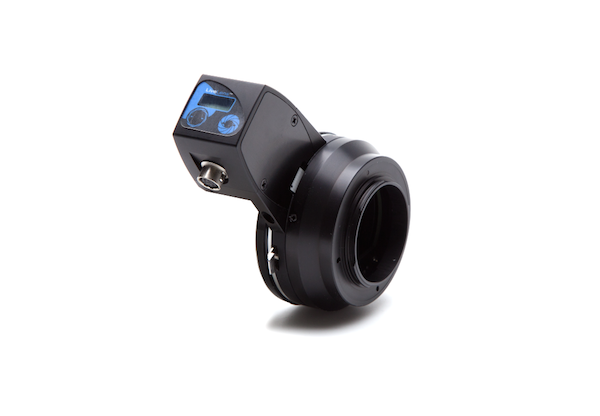
The important part to note is that ‘passive’ means that there are no electrical contacts in the M4/3 mount. Sadly this prevents most regular Panasonic and Olympus Micro 4/3 or (4/3 with adapter) lenses from working on this camera. That’s because these lenses require electrical power and control both for aperture control and in most cases focus too. The bad news is that this means many otherwise useful lenses like the Panasonic 7-14mm, the new 12-35mm X lens or Olympus 12mm f2 and 75mm f1.8 are ruled out. This also makes an all-in one zoom option like the Panasonic 14-140mm impossible too. Image stabilisation is also ruled out on pretty much every lens out there (unless someone clever can build an appropriate adapter).
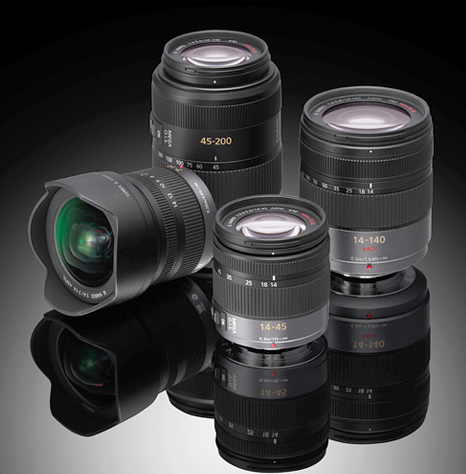
The crop factor of the EOS version of the BMCC is the same and therefore super telephotos are easy achieve, as I discussed in this previous article. Some of my favorite old lenses such as Canon’s FD 300mm f2.8 will work perfectly. On the wide side the favourite choices will still be the Tokina 11-16mm f2.8 and possibly Sigma’s 8-16mm lens (although I have my concerns about how to filter that one).
On balance I think the new version of the camera mostly solves what I saw as the main issue of the EOS version. By choosing M4/3 Blackmagic have opened up a huge choice of lenses to users, and that can only be a good thing. Unless you have a large stockpile of Canon EF glass, which needs the electronic control of the EOS BMD, I would automatically recommend the M4/3 version as the one to go for.

